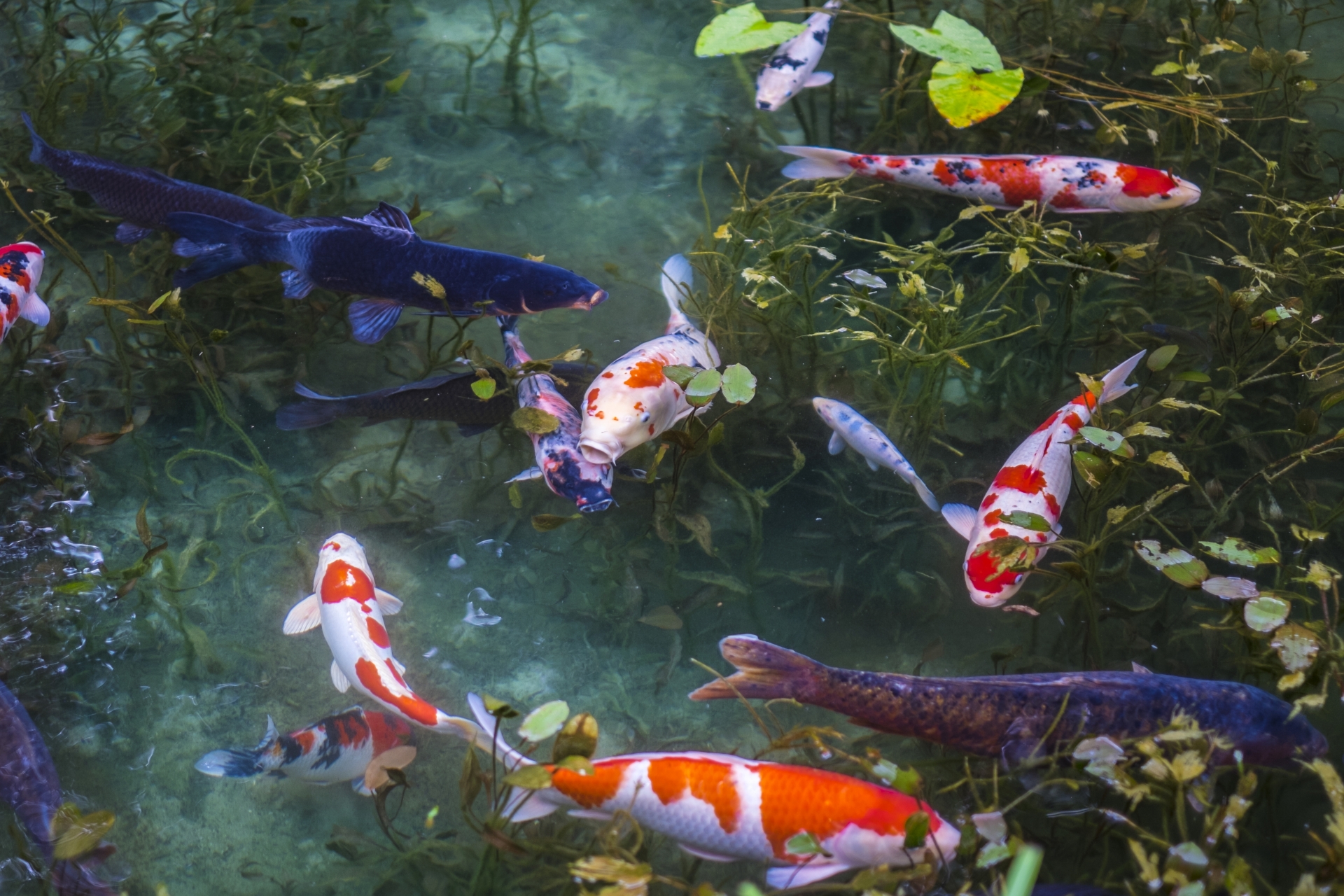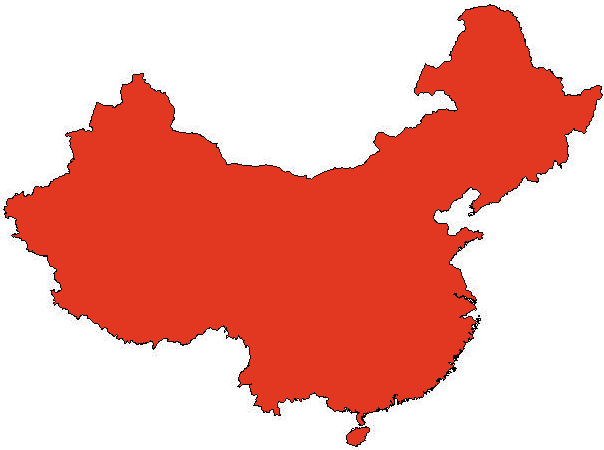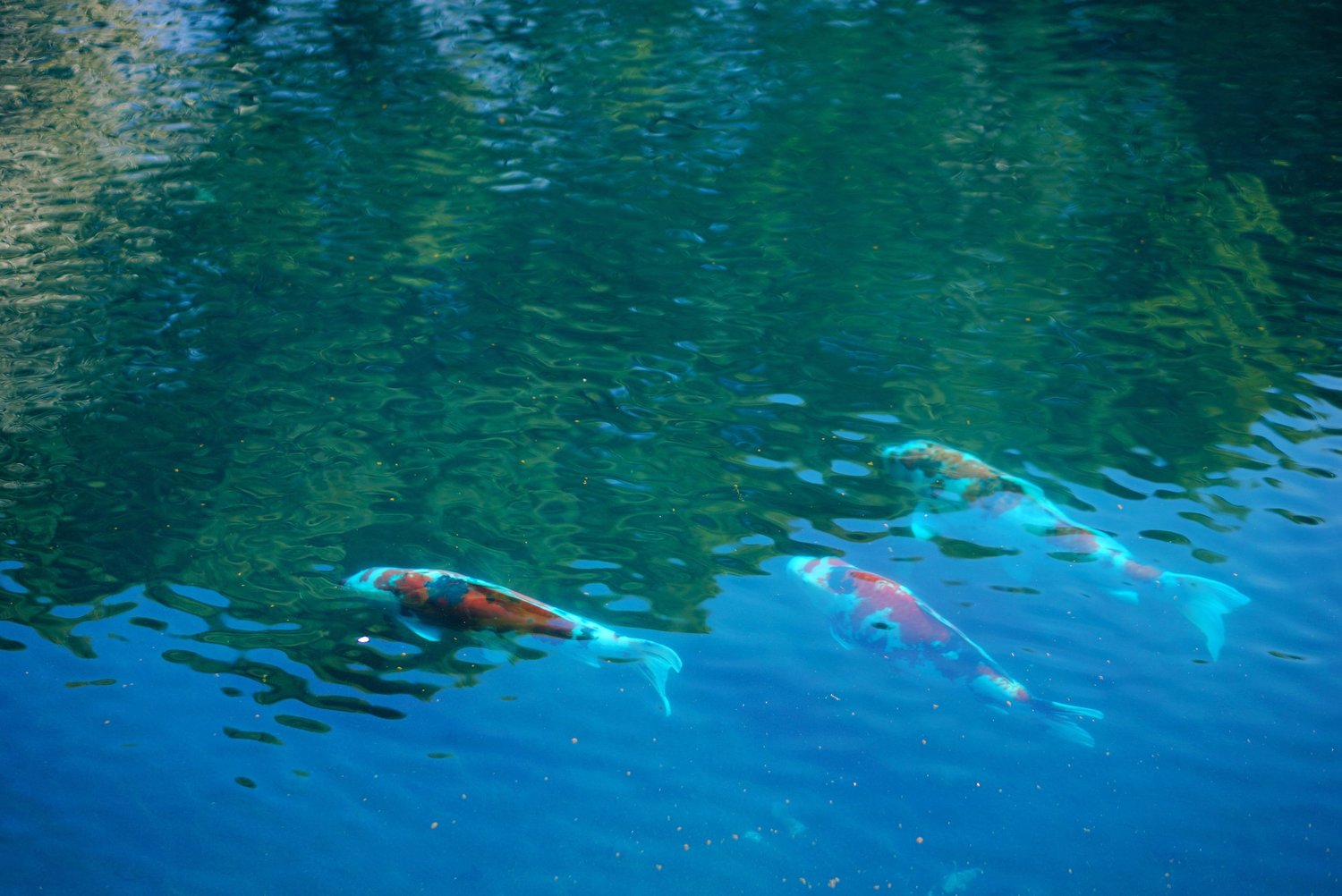Koi fish, with their vibrant colors and graceful movements, have become a symbol of beauty, prosperity, and longevity. But have you ever wondered about the origins of Koi farming in Asia? In this article, we will delve into the captivating history of Koi farming, tracing its roots from ancient Persia to its cultural significance in modern Japan.
Origins of Koi
Koi fish are believed to have originated from the common carp, native to western Asia and Persia. Historical records suggest that the earliest form of Koi farming can be traced back to these regions. The common carp was initially bred for food, but over time, certain mutations led to the development of colorful varieties, capturing the attention of breeders.
Evolution of Koi Farming in China
From Persia, Koi farming spread to China, where it became deeply ingrained in the culture. In ancient Chinese history, Koi were often associated with Confucius and his son. The fish were bred not just for their beauty but also for their symbolism, representing good fortune and long life.
Introduction of Koi to Japan
Koi were introduced to Japan, particularly in Niigata Prefecture, around the 16th century. Initially, they were bred as a food fish by rice farmers who noticed that some carp had unique colors. Over time, the Japanese started to breed these colorful carp intentionally, leading to the Koi varieties we know today.
Rise of Koi as Ornamental Fish
During the Edo period in Japan, Koi transitioned from being food fish to highly valued ornamental fish. The Japanese began to see the aesthetic potential in these fish and started breeding them for their amazing colors and patterns. This marked the beginning of the Japanese Koi fish as an ornamental species.
Cultural Significance of Koi in Japan
In Japan, Koi hold a deep cultural and symbolic meaning. They are often featured in art, folklore, and traditions. The Japanese word for Koi, “Nishikigoi,” translates to “brocaded carp,” reflecting their esteemed status. Koi are also associated with Children’s Day celebrations and are seen as a symbol of perseverance and strength.
Development of Koi Breeding Techniques
Over the years, Japanese breeders have developed advanced breeding techniques, leading to a wide variety of Koi. From the early 1900s, breeders in Niigata Prefecture began to apply scientific methods to produce Koi with specific colors and patterns. These advancements have made Japan the epicenter of Koi breeding, with Niigata being the most iconic region for Koi farming.
Spread of Koi Farming to Other Asian Countries
Koi farming has spread to other parts of Asia, including Singapore, which has become a major player in the ornamental fish industry. Singaporean Koi breeders have adopted advanced technologies for quality control and water management, contributing to the global Koi pond industry.
Modern Koi Farming Practices
Today, Koi farming employs state-of-the-art technologies, including advanced filtration systems and water condition monitoring. Quality control is paramount, ensuring that each individual fish meets high standards. These modern practices have elevated Koi farming to a lucrative industry, both locally and globally.
Economic Importance of Koi Farming
Koi farming has evolved into a multi-million-dollar industry. The fish are not just bred for their beauty but also for their economic value. High-quality Koi can fetch thousands of dollars, making them a high-value fish in the ornamental fish market.
The history of Koi farming in Asia is a fascinating journey that reflects the cultural, economic, and technological evolution of this practice. From their humble beginnings as food fish to their current status as highly valued ornamental fish, Koi have captivated people for centuries. Their enduring appeal and the advancements in breeding techniques ensure that Koi will continue to be a symbol of beauty and prosperity for generations to come.
FAQs (Frequently Asked Questions)
- What is the origin of Koi fish farming?
- Koi fish farming originated from the common carp in western Asia and Persia and later spread to China and Japan.
- How did Koi farming evolve from food fish to ornamental fish?
- Initially bred as food fish, Koi gained ornamental value during the Edo period in Japan, where they were selectively bred for their colors and patterns.
- What is the cultural significance of Koi in Japan?
- In Japan, Koi are a symbol of prosperity, longevity, and perseverance. They hold deep cultural and symbolic meaning and are often featured in art and traditions.
- What are the different varieties of Koi and how are they bred?
- There are numerous varieties of Koi, each with unique colors and patterns. Advanced breeding techniques have been developed, particularly in Japan, to produce these varieties.
- Koi – Wikipedia
- Koi History – Koi Acres
- Koi Fish: The History and Their Meaning in Japan | Japan Wonder Travel Blog
- A little about Koi fish history — Professional Ponds
- Japanese Koi Fish: A Brief History — Koi Story
- What is a Nishikigoi? – Koi Fish History Explained and Meaning
- The Development of Singapore’s Koi Aquaculture | FFTC Agricultural Policy Platform (FFTC-AP)
- Koi Fish: The Japanese Carp — TOKI
- Koi Carp | Agricultural Marketing Resource Center





